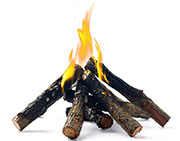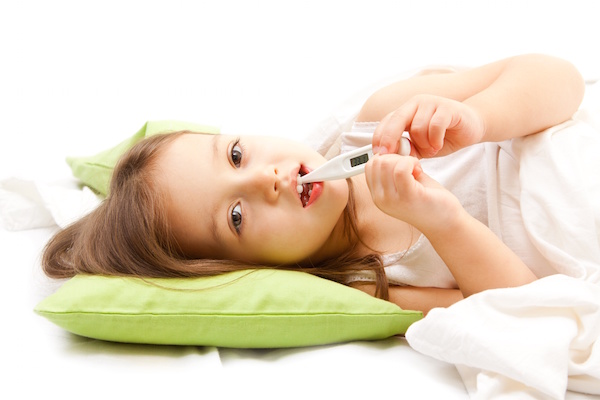
SUNDAY, April 13, 2014 (HealthDay News) — Campfires are exciting for kids but they also can be dangerous without supervision and simple precautions, an expert warns.
Tripping and falling at campfire sites are common causes of burns, particularly among children, according to Dr. Anthony Baldea, an assistant professor in the division of trauma, critical care and burns with the Loyola University Health System in Maywood, Ill.
A safety circle of at least 10 feet, a gate or other type of barrier should be placed around campfires to prevent people from getting injured in case of falls, Baldea said. It’s also essential for adults to monitor children around a campfire at all times.
“Kids get excited about being outside and playing. Parents need to be vigilant and keep an eye on their kids,” Baldea said in a health system news release. “They should make sure children are not playing near the fire and help them when making campfire snacks like s’mores.”
“Alcohol and fire don’t mix,” he added. “Keep alcohol away from the flame and it’s safest not to drink at all when near an open flame as it can cloud judgment.”
Besides watching children, an adult should also be watching the fire at all times, Baldea pointed out.
“Campfires and fire pits are great places to relax, but someone should always be paying attention to the fire,” he said. “Fires can be unpredictable and burn injuries can happen quickly.”
Although roasting marshmallows is a popular activity among campers, it’s important to do it carefully. The stick or other tool used to toast a marshmallow should be long enough that the person holding it does not feel the heat of the campfire, Baldea said.
“Often, marshmallows catch fire and our instinct is to blow it out,” he said. “Don’t use your own breath to put out the fire — this can lead to burns on the face. Instead, drop it to the ground and stamp it out. It’s best to sacrifice the marshmallows for your skin.”
Other safety tips include the following:
- Remove all leaves and other flammable materials on the ground before starting a campfire.
- Choose a site for a campfire in an open area and not close to any trees or bushes.
- When starting a campfire, wear protective gear such as nonflammable clothing, gloves and possibly a face shield.
- Avoid using gas or lighter fluid to start a campfire.
“People often use gas or lighter fluid to get the fire going, and that is extremely dangerous because these are unpredictable,” Baldea explained. “Make sure you use an appropriate method to start the fire.”
“Also, patience is important,” he noted. “If the flame doesn’t ignite right away, wait a few minutes. If re-igniting, use caution and get everyone who is not in protective gear as far away as possible.”
If a burn injury occurs, immediately stop, drop and roll and call 911. While waiting for help to arrive, Baldea advised that people take these steps:
- Put out the fire.
- Remove any clothing that may be on fire.
- Place a dry bandage on the burn to prevent heat loss and help control pain.
More information
Visit the U.S. Centers for Disease Control and Prevention for additional camping health and safety tips.
Copyright © 2025 HealthDay. All rights reserved.

